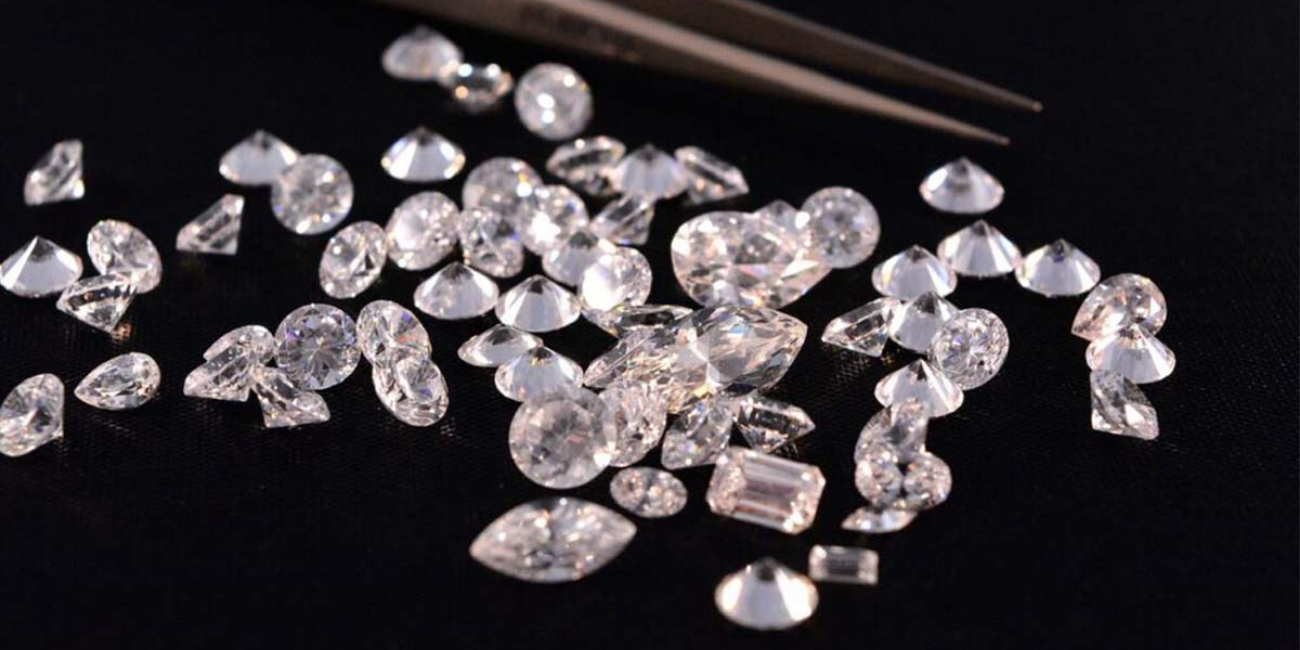
HPHT
How does nature structure diamond crystals? Nature does it exceptionally underground. Precious stone developing normally happens around 100 miles underneath the world's surface.
Why? Because that’s where the conditions of extremely high pressure and high temperature needed for diamond formation are naturally found. we see diamond stones nearer to the outside of the earth when a rare kind of deep volcano brings them up to where humans can find and mine them.
The first successful synthetic diamond was made by imitating nature with High Pressure/High Temperature (HPHT) manufacturing. These are three fundamental assembling forms used to make HPHT diamonds: the belt press, the cubic press, and, in this way, the split-circle (BARS) press.
The objective of each procedure is to cause a domain of amazingly high and temperature where diamond development can happen. Each procedure begins with a little jewel seed, which is put in carbon and put under high pressure and temperature to develop the diamond.
The GE invention of the belt press uses an upper and lower anvil to use pressure over 1.5 million pounds per sq in and temperature above 2,000 degrees Celsius. During this environment, the pure carbon melts and begins to make a diamond around the beginner seed.
On December 16, 1954, a belt press was applied to make the first reproducible lab-grown diamond. The diamond was tiny and nowhere near clear enough to be utilized in jewellery, but it had been a start.
As a side note here, we should always mention that even today, the greater part of the man-made jewels that are delivered aren't of diamond quality. They're made for industrial applications where the stunning properties of a jewel (hardness, warm conductivity, and so on.) are used to make better tools and equipment.